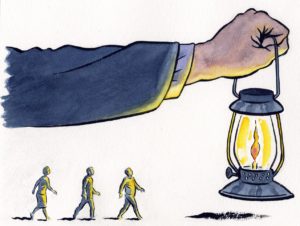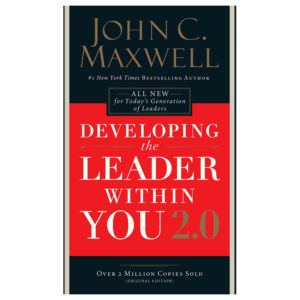
If you do not change direction, you may end up where you are heading. – Lao Tzu
The voice of my daughter on the other end of the phone was one of panic. “I’m leaving the outlet mall and I’m lost,” she said emphatically. That she may have found herself lost was not a surprise. So I took her through a series of questions about her surroundings and what may or may not have been familiar landmarks to help me help her navigate her way home.
Even before GPS and the ability we now have to navigate, I have always been good with directions. If I’ve been someplace once, generally speaking, I will never need directions again to go back, even if it’s been a long time between trips.
Once when I was about five years old, my family was visiting relatives up in Evanston, Illinois. One day we left the house and went several blocks up the street to watch the 4th of July parade.
Remembering that I had left something at the house, I ditched my cousins and the rest of the group and headed back to the house. By the time they realized I was no longer with them, it was too late.
To their amazement, not only did I remember which house was theirs but I made my way back to them. Thankfully for my family, I developed my sense of direction at an early age.
For many, being directionally challenged is not fun. Being lost isn’t either. It can generate a lot of anxiety and concerns – especially for the parents of a wandering five-year-old.
In an article by Glassdoor, they listed the seven types of companies that you should never work for. Coming in at number seven was “The directionless ship”. The red flags, they say, are “no clear plan for the future, employees don’t know long-term goals, senior leadership fails to adequately communicate”.
The people in your organization need a leader at the helm that is not directionally challenged. They want and deserve a leader with the ability to instill confidence in their ability to give direction. How is that working for you? How is it working in your organization? Here are a few ways to know if you are directionally challenged.
You are directionally challenged when you fail to chart the course

Before a pilot of an airplane takes flight, he will file a flight plan prior to departure. It will include the plane’s planned flight path. They will also file a manifest of the names of the passengers on board.
In your leadership, you have to have a plan and know the people taking the journey with you. If you have no clear flight plan or have no sense of direction or path of where you are going, everyone will be lost. The responsibility for the plane rests with the pilot. The responsibility for the organization rests with the leader. With no plan, you have no purpose. Your people won’t hang around long under these conditions. They want and need purpose and direction and will go somewhere else to get it.
You are directionally challenged when you fail to communicate
The people in your organization will be more inclined to take the journey with you when the communication is clear and consistent. Just as you want good directions on your GPS or when driving the interstate, sign markers are important.
When you fail to communicate with your people it’s as if the organizational GPS has been turned off. When this happens, people are left to wonder and speculate and morale will eventually tank. Engagement by your people is proportional to your effectiveness in communicating with them. As a leader, you have no business complaining about the lack of engagement from your people if you are lacking in your communication. It’s just that simple. Click To Tweet
You are directionally challenged when you fail to lead yourself
The hardest person you will ever lead is yourself. On a recent Craig Groeschel podcast, he asked the question that every leader ought to ask themselves daily, “What are you doing today that will strengthen your leadership tomorrow?”. And this is a core question we must answer.
Your ability as a leader to give direction is predicated on your own leadership development and the sense of direction and purpose you possess.
Final Thoughts
If you are directionally challenged as a leader it’s not too late to right the ship. Chart the course, communicate effectively, and lead yourself well. It will put you on the right path.
©2021 Doug Dickerson

Click here to purchase and download my new book

 In the book,
In the book, 




 My friend and author John Patrick Hickey wrote a remarkable book entitled,
My friend and author John Patrick Hickey wrote a remarkable book entitled, 


 you expect your people to follow you? Your goals and objectives have to be clear otherwise you’ll never hit your target.
you expect your people to follow you? Your goals and objectives have to be clear otherwise you’ll never hit your target.
